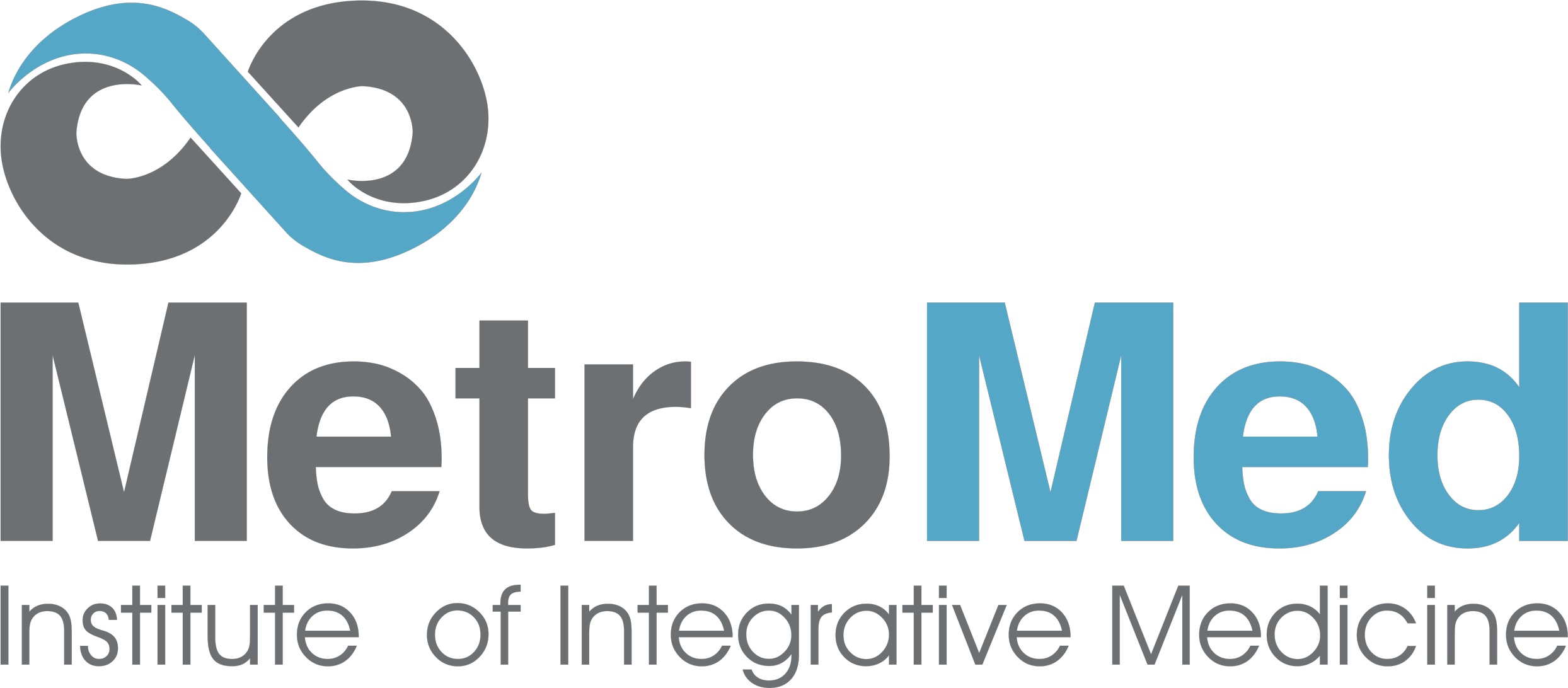People have the choice of being an organ donor once they pass on. With their prior consent, their organs can be used for transplants, where demand far surpasses the actual supply, crystalizing the critical need and purpose for organ donors. If organs from the deceased can be used with permission to save lives, why can stem cells? Recent discoveries have been made regarding the presence of functioning stem cells in cadavers and many successful Stem Cell Therapies have been conducted using such cells.
Until most recently, scientists have believed that stem cells could only survive a mere two days in a cadaver or outside the human body. Because of the pure curiosity in a few French scientists, this belief has been shattered. They wanted to see how long stem cells could survive inside a dead body. Originally, a dead body was thought to be a terrible host for stem cells, as critical nutrients and oxygen needed for cell survival are lacking. Their discovery was shocking. Skeletal stem cells can survive up to seventeen days in a cadaver, and up to fourteen days in dead mice.
How can a living thing survive without the most significant ingredient, oxygen? The scientists discovered that stem cells are exceptionally versatile and resilient to extreme conditions, such as the absence of oxygen. In order to survive, the stem cells became dormant, similar to a bear hibernating for the winter. They lower their metabolism, diminishing the use of energy, and are able to survive in the adverse conditions of the deceased. Stem cells can lie dormant for more than two weeks and then revive when transplanted into a living organism, a rat in this case. The cells retain their abilities and functions, differentiating and transforming into perfectly functioning muscle cells.
For clinical application in humans, cadaver stem cells are used only a few hours after death. While this discovery may open the doors for the use of stem cells of week old cadavers in humans, it has certainly created the opportunity for prolonged research on the effects of drugs and therapies on incurable or degenerative diseases and disorders. It will help scientists find a cure for future generations.
However, the use of hour-old cadaver tissue and veins post mortem has shown incredible results. The cadaver tissue or vein is extracted and stripped of existing stem cells, then infused with the stem cells of the patient. A woman from Minnesota completely recovered from a traumatic ankle injury after multiple surgeries, bone grafts and physical therapy showed minimal improvement. Her doctor used adult cadaver fat tissue with a stem cell product called Allostem that stimulated bone growth in the woman’s ankle joint, fusing the damaged ligaments and bones. Similarly, the use of a cadaver groin vein was seen in the groundbreaking creation of a functioning portal vein, once infused with the patients stem cells. A ten-year-old girl had an obstructed hepatic portal vein, the main pathway for blood delivery from the bowels and other abdominal organs to the liver. When blocked, heart failure, liver disease or cancer can develop and may be fatal. Two weeks after the groin vein was injected with the girls stem cells, it was transplanted into her body, where normal blood flow restored and no complications were seen.
While the futuristic use of cadaver stem cells in humans is practical for treating a multitude of patients, the discovery of stem cell dormancy is critical. It will lead to the development of different ways to keep stem cells alive outside the human body for long periods of time, when their survival is critical for research and testing. Some drugs and therapies have been denied because of the lack of evidence of their effects on humans. With the ability of cell dormancy, researchers will have more time to observe the effects of certain treatments and thus, save more lives.
Copyright © 2012 Alex Martin MD & Francesca Coxe, Los Angeles.
Resources:
1. Choi, Charles. “Stem Cells From Corpses? Living Cells Can Be Harvested From Bodies Weeks After Death, Study Shows.” The Huffington Post. LiveScience, 13 June 2012. Web. 14 June 2012. .
2. Smith, Graham. “Could Dead Bodies Soon Be Harvested for Their Stem Cells? Scientists Find ‘miracle’ Cells Stay Alive for 17 Days in Corpses.” Mail Online. Associated Newspapers Ltd, 13 June 2012. Web. 14 June 2012. .
3. Tessman, Renee. “New Stem Cell Therapy Grows Bone Tissue.” Kare11.com. KARE, 12 June 2012. Web. 14 June 2012. .


